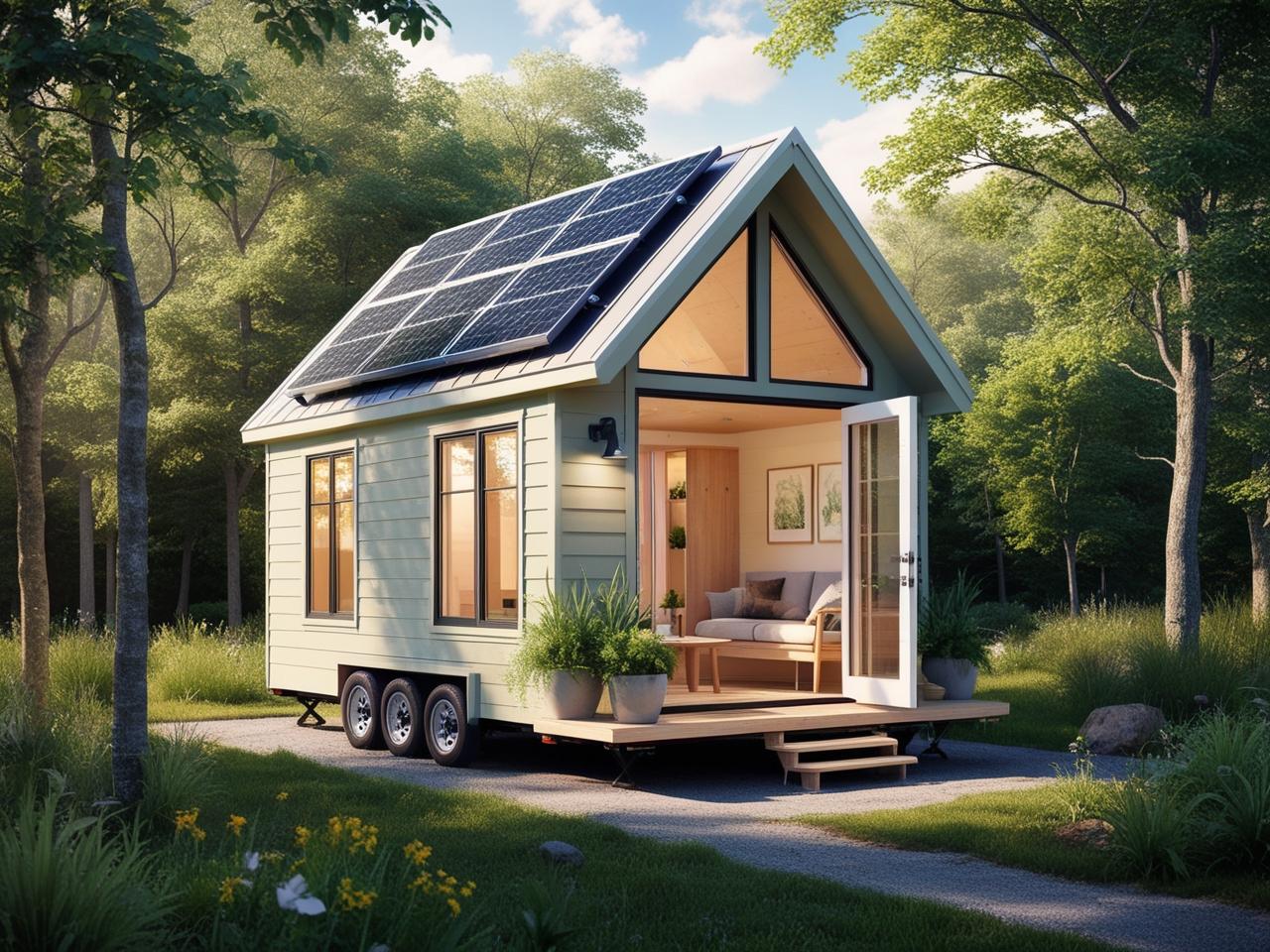Eco Friendly
Sustainable Tiny Homes: How Eco-Friendly Living is Evolving Globally

The concept of tiny homes has taken the world by storm, but what’s even more exciting is the rise of sustainable tiny homes. As people seek eco-friendly alternatives, these compact, energy-efficient living spaces are redefining modern housing. From solar power to recycled materials, sustainable tiny homes are proving that small living can have a big impact on the planet.
The Global Rise of Sustainable Tiny Homes
Sustainable tiny homes are growing in popularity across the globe as people prioritize minimalism, affordability, and environmental consciousness. Here’s how different regions are innovating in the space:
- North America: The U.S. and Canada have seen an increase in off-grid tiny homes powered by solar panels and wind energy.
- Europe: Countries like Germany and the Netherlands are leading in passive house designs, emphasizing energy efficiency.
- Asia: Japan is integrating smart, modular designs to make the most of limited space while using renewable energy.
- Australia: Rainwater harvesting and composting toilets are becoming standard in tiny home developments.
Key Features of Sustainable Tiny Homes
- Renewable Energy Solutions: Many tiny homes now come equipped with solar panels, wind turbines, and battery storage to support off-grid living.
- Eco-Friendly Building Materials: Recycled wood, bamboo, reclaimed steel, and non-toxic insulation reduce the environmental footprint.
- Water Conservation Systems: Features like rainwater harvesting, greywater recycling, and composting toilets enhance sustainability.
- Smart Technology: Energy-efficient appliances, smart thermostats, and automated lighting optimize energy consumption.
- Minimalist Living: Tiny homes encourage a simpler lifestyle, reducing consumption and waste.
Benefits of Living in a Sustainable Tiny Home
- Lower Carbon Footprint: Less energy and fewer resources are required for heating, cooling, and maintenance.
- Cost-Effective: Lower energy bills, reduced maintenance costs, and affordability make tiny homes an attractive option.
- Mobility & Flexibility: Many tiny homes are built on wheels, allowing for relocation without environmental disruption.
- Self-Sufficiency: Off-grid systems enable homeowners to be independent of traditional utilities.
Frequently Asked Questions (FAQ)
Q: How much does a sustainable tiny home cost?
A: Prices vary depending on size, materials, and features, but a fully sustainable tiny home can range from $30,000 to $150,000.
Q: Can a tiny home be completely off-grid?
A: Yes! With solar panels, battery storage, rainwater harvesting, and composting toilets, many tiny homes can function entirely off-grid.
Q: Are there zoning restrictions for tiny homes?
A: Zoning laws vary by location. Some areas welcome tiny homes, while others have restrictions on permanent or mobile dwellings.
Q: What are the best materials for an eco-friendly tiny home?
A: Sustainable materials include bamboo, reclaimed wood, recycled metal, and energy-efficient insulation.
Q: How do I maintain an off-grid tiny home?
A: Regular maintenance includes checking solar panels, managing water storage, and ensuring efficient insulation and ventilation.
For more insights on energy-efficient solutions for tiny homes, check out this article: Energy-Efficient Tiny Homes: Solar and Off-Grid Solutions in 2025
